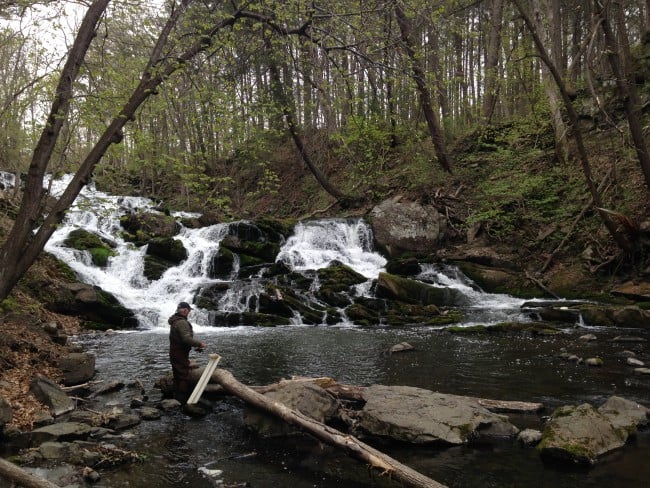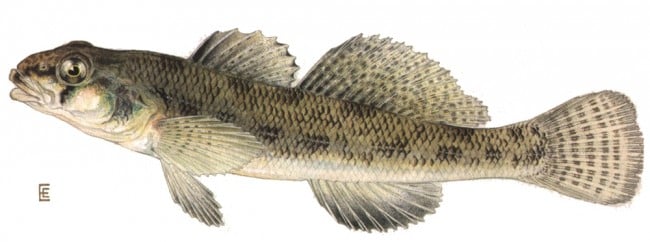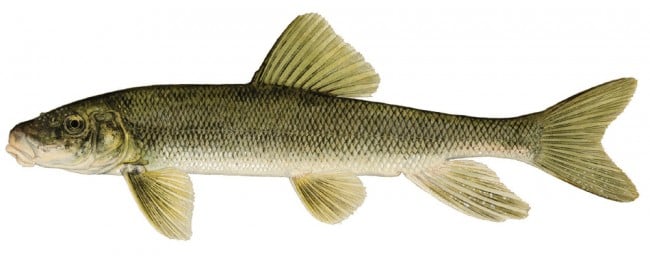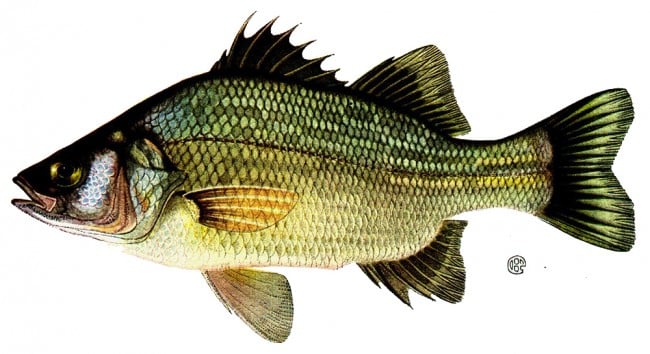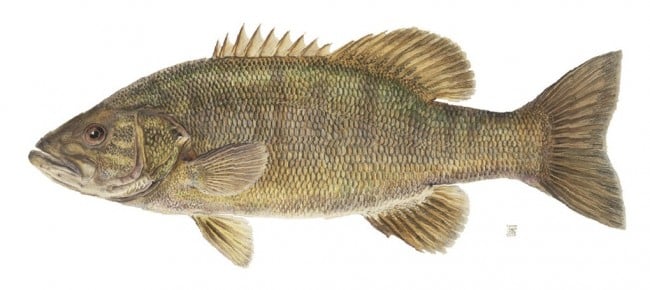The Hudson’s incredible tributaries
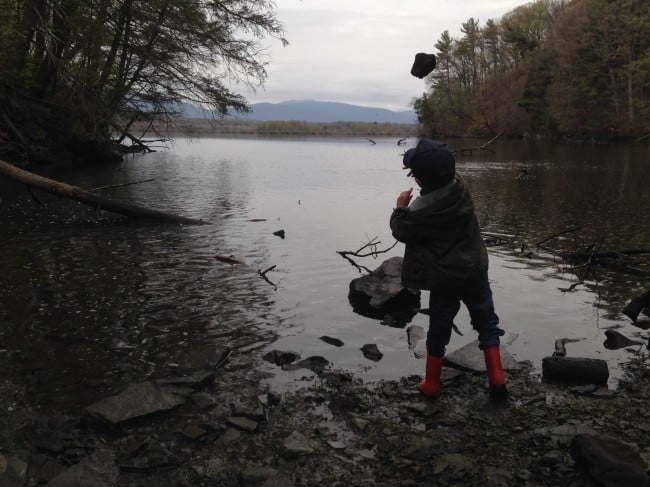
Boy throws rock. (Photo by Dan Shapley / Riverkeeper)
View more images on our Flickr site
We often celebrate the Hudson’s anadromous fish – the American shad, herring, striped bass, Atlantic sturgeon and other species that undertake extraordinary migrations along the Atlantic Coast and into the Hudson River Estuary to spawn. There are many migratory fish, though, and even if they don’t leave our estuary, they still must move within it to reach spawning, nursery and other habitats essential for their survival.
That fact was reinforced by a serendipitous meeting with Bob Schmidt, a Hudson River scientist who probably knows as much or more about fish in the creeks feeding the Hudson River as anyone. We ran into each other on (in, really) the Saw Kill, where a new citizens group, the Saw Kill Watershed Community, is focusing attention on the creek, including with a water quality monitoring project partnered with Riverkeeper. In the short stretch of the tidal Saw Kill from its mouth on the Hudson to the gorgeous falls (all within the Bard College campus, now that it has acquired Montgomery Place), no fewer than five species resident to the Hudson rely on the shallow tidal tributary to spawn:
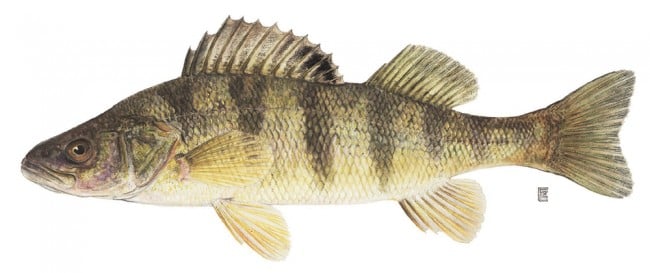
12345, Tue Jun 11, 2002, 10:58:11 AM, 8C, 2230×3302, (193+477), 50%, A. I. Basic, 1/100 s, R79, G67, B79
The anadromous fish are also represented by the alewife, one of our river herring.
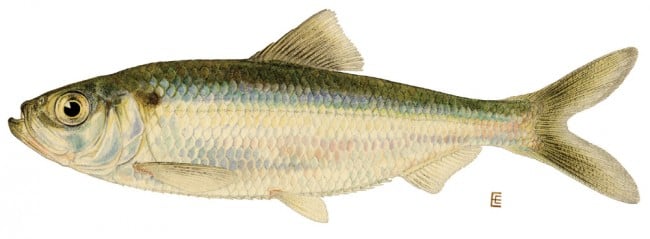
And the catadromous fish are also represented by the American eel, which spawn in the Sargasso Sea and migrate back into the estuary and its watershed to live out their lives. They don’t spawn in the tidal tributaries, but they pass through at this time of year, as the legions of citizen scientists participating in an extraordinary monitoring project know.
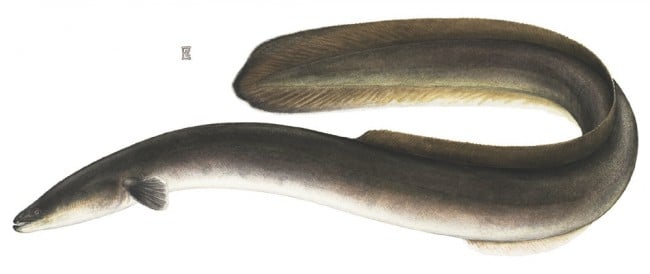
12345, Tue Jun 11, 2002, 10:58:11 AM, 8C, 2230×3302, (193+477), 50%, A. I. Basic, 1/100 s, R79, G67, B79
The Saw Kill is extraordinary for its importance to so many species in such a short stretch of water, but many Hudson River tributaries can boast similarly about their importance. These tidal tributaries should be protected to ensure that spawning fish can reproduce. The stream barrier removal and mitigation projects that the Hudson River Estuary Program are supporting are important for ensuring not only that the effect of flooding is minimized for humans, but that fish, amphibians and other species can migrate to habitats they need to survive and thrive. (Barriers may include dams, undersized culverts and other engineered obstructions.)
To boot, these estuary tributaries are beautiful. Even if the fish aren’t evident (Bob caught none this morning), they’re wonderful places to visit.

